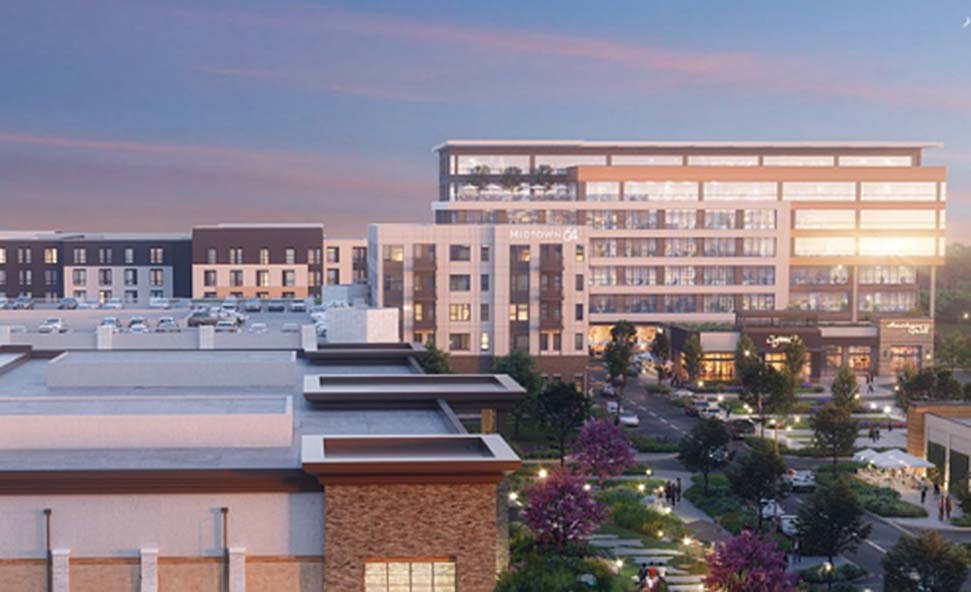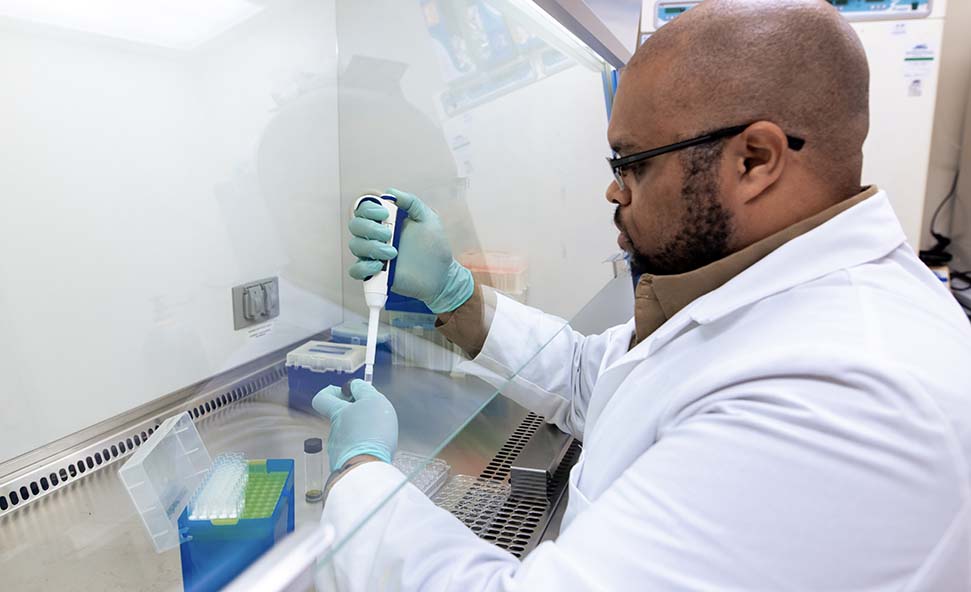
News
Blog | 4 min read
July 24, 2025

Greater Richmond, Va., has quickly emerged as a vibrant hub for the U.S. life sciences industry. Global commercial real estate firm CBRE recently recognized the Richmond Region for hosting the critical infrastructure and assets needed to support a thriving life sciences ecosystem.
CBRE research highlighted six categories for Greater Richmond that have contributed to a growing life sciences presence: demographics, scientific employment, location incentives, state R&D levels, education and funding, and an existing market structure ideal for life sciences.
Demographics directly influence talent availability, diversity and sustainability for life sciences hubs. CBRE projects the Richmond MSA population to increase by over 3 percent in the next 5 years– a steady and sustainable rate. Nearly half of the Richmond population is Gen Z or Millennial, which fosters a foundation for long-term productivity, innovation and tech adoption in the region.
The Richmond metro workforce, which has historically supported R&D in industries such as healthcare and manufacturing, has the scientific skills necessary to support a growing life sciences sector. CBRE analysis shows that 1.5 percent of all workers in the Richmond metro are employed in biopharmaceutical R&D, biopharmaceutical manufacturing or medical technology roles.
Additionally, Richmond has the 7th largest number of workers nationally in the “life sciences, all other occupations” category. Richmond’s scientific labor pool is on par with national levels but has significantly lower labor costs than other metros of similar sizes, according to the Bureau of Labor Statistics.
Robust location incentives in the life sciences industry continue to serve as a catalyst for cluster growth and competitiveness. Richmond has secured eight publicly disclosed life sciences incentive deals over the past five years at an average of $8,500 per job. Life sciences companies leveraging location incentives in the Richmond Region include Thermo Fisher Scientific, Civica, and Adix Therapeutics.
R&D acts as the engine that powers new discoveries and directly affects where investment and talent concentrate. Over 31,000 people are employed in scientific research and development services in Virginia, with a 5-year forecasted industry growth rate of 5.1% (JobsEQ, 2025Q1). R&D’s prominent role in the Virginia economy has positioned the Richmond metro for steady growth across life sciences sectors.
Robust scientific education and funding in the Richmond Region continues to power the life sciences industry forward. Greater Richmond hosts six universities offering degrees in biological and biomedical sciences; Virginia Commonwealth University (VCU) is a top ranked public research university and, in the fall of 2020, launched the nation’s first doctorate program in pharmaceutical engineering, strategically positioning the region for future life sciences-related research.
Funding for life sciences projects in the region has also been on the rise. Pitchbook data revealed that in 2023, Virginia-based companies received over $450 million in venture capital, grants, private equity and public investment.
Greater Richmond is home to a diverse set of top life sciences companies, supported by assets including a 34-acre VA Bio+Tech Park that hosts nearly 70 companies and the Alliance for Building Better Medicine, which aims to create a reliable supply of safe, affordable and high-quality medicine. The Richmond Region has attracted major federal investment, including nearly $53 million from the NSF Engines Development Award to accelerate pharmaceutical innovation in Central Virginia. Combined, these factors position Greater Richmond as a rising force in the U.S. life sciences landscape. With strong demographic trends, a skilled and cost-effective scientific workforce, competitive location incentives and a deep commitment to R&D and education, the region is primed for continued growth in life sciences.